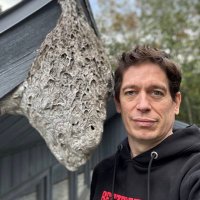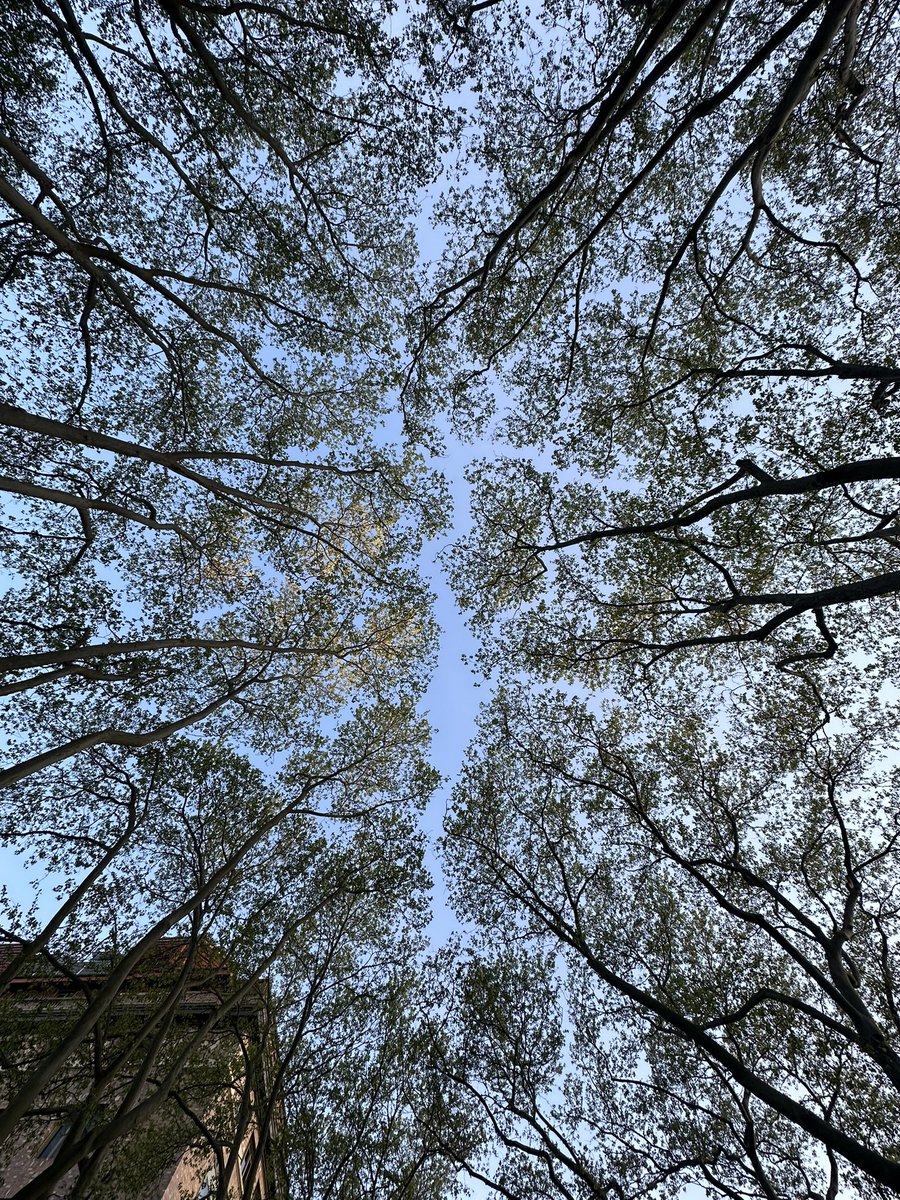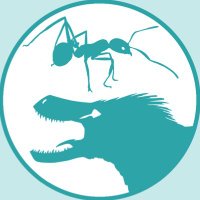
Daniel Kronauer
@danielkronauer
PI @RockefellerUniv. Investigator @HHMINEWS. Instigator of Clonal Raider Ant Project #CRAP. Myrmecophile for life. 🐜 🤓 🐜 Tweets science and 🐜 photography.
ID: 881261733872062464
https://www.rockefeller.edu/research/2280-kronauer-laboratory/ 01-07-2017 21:22:25
1,1K Tweet
5,5K Followers
2,2K Following










While “Berührungsangst” (the fear of contact) is generally the exception at Rockefeller University, here is an example of crown shyness on our beautiful spring campus.










